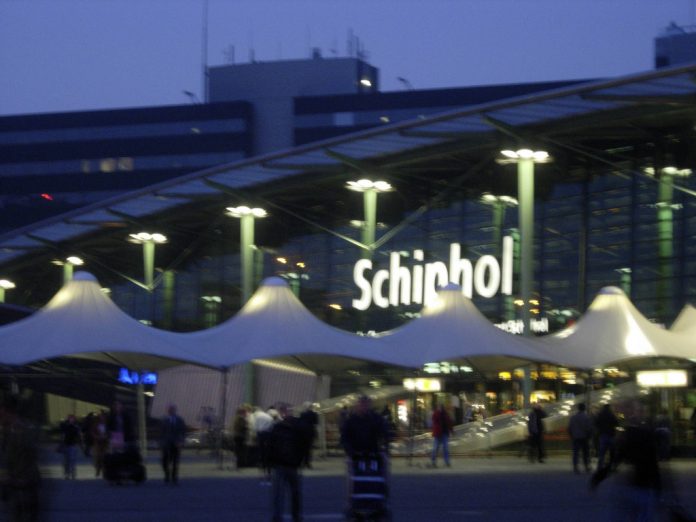Rather than sea ports, the New Silk Road poses a threat to western airports. This is according to research conducted by ING’s Economic Office.
Specifically, this could be especially true for the transport of more expensive consumer products such as medicines, electronics or flowers and semi-finished products. Western European airports such as Schiphol, Frankfurt and Liege will eventually be affected, the office concluded.
As reported by RailFreight.com, online magazine for rail freight professionals, the ING Economic Office conducted a research into the choice of modality, comparing the rail option of the New Silk Road to air and sea freight between China and Europe. Schiphol traditionally has a strong focus on Asia. In 2017 a fifth of if its cargo volumes originated from China and Hong Kong. It is therefore one of the airports likely to face competition from the expanding Eurasian railway network, it stated.
The choice of transport relies on three factors: time, costs, and Co2 emissions, the report reads. “Transport is a cost-driven activity, so rates are important. These costs vary by modality and depend, among other things, on distance and weight. Time however, also has a price because products are on the way and this results in capital costs. After all, the delivery requires working capital, and this makes products time-sensitive.”
Certain time-sensitive products such as smartphones and expensive medicines will always be delivered by air, while products promotional items will continue to be charted by ship. When this decision is less obvious, the products is eligible for rail transport: here the transport cost will be analysed and be the decisive factor for the mode of transport, ING believes.
“Westbound rail traffic currently mainly includes products such as electrical appliances (such as laptops and TV screens), clothing and toys. Eastbound trains are starting to carry products such as machines, auto parts, medicines, cosmetics and milk powder. Also, the more expensive foods such as wine and fish products are potential products for rail transport on the New Silk Road.”, the report describes.
However, sea transport is the most efficient mode of transport due to economies of scale and available capacity for raw materials and cheap products, according to the report. “For the port of Rotterdam, the impact of the New Silk Road is therefore limited”, the office concludes.
“The New Silk Road will continue to grow rapidly in the coming years, the ING office continues. “China invests billions in trade routes with the West. The New Silk Road by rail is still small but has shown strong growth since 2013. Partly because of the importance that the Chinese government adhere to it, the growth is expected to continue in double digits in the coming years.”
ING also noted that the arrival of the New Silk Road also means that Eastern Europe is better accessible. “For logistics providers it does not matter how they serve European customers, but as an entry gate the Netherlands will have to get used to lying at the end of a route.” Nevertheless, the rail connection offers opportunities for companies, said Machiel Bode, ING Sector Banker Transport and Logistics. “The Silk Road is faster than sea transport and cheaper and greener than air transport. For an optimal choice of transport, it is important for shippers and their logistics service providers to look at the total picture, including capital costs and pre- and post-transport. Combinations with air and/or sea freight can then be interesting.”

